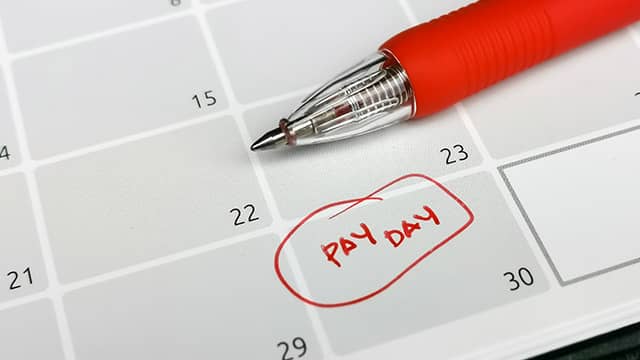Three Game-Changing Updates for Quicken Business & Personal
[[{“value”:”Running your own business means wearing a lot of hats. You’re the CEO, the accountant, the marketer, and everything in between. We’ve heard you loud and clear: you need tools that work as hard as you do, saving you time on the financial stuff so you can focus on what…










 Melody Hudson Kamerer is the founding partner of HBS. She has been a resident of Butler, PA for over 40 years. In her time here, Melody has developed deep roots in the community through her children, business, and membership at First English Lutheran Church. She graduated Summa Cum Laude from Butler County Community College and Magna Cum Laude from Duquesne University with a Bachelor of Science degree in Business Administration. In addition to being a partner of HBS, Melody was Adjunct Faculty at BC3 for over 20 years and served on a variety of Butler City Downtown boards.
Melody Hudson Kamerer is the founding partner of HBS. She has been a resident of Butler, PA for over 40 years. In her time here, Melody has developed deep roots in the community through her children, business, and membership at First English Lutheran Church. She graduated Summa Cum Laude from Butler County Community College and Magna Cum Laude from Duquesne University with a Bachelor of Science degree in Business Administration. In addition to being a partner of HBS, Melody was Adjunct Faculty at BC3 for over 20 years and served on a variety of Butler City Downtown boards. Jamie Lee Beckwith is the daughter of Melody Hudson Kamerer. She began working for Hudson Business Service at the age of 16 and now has over 20 years of practical, in-depth experience in many aspects of accounting and tax work. Jamie specializes in 501(c)3 setup, prevailing wage reporting and personal tax preparation. As a partner in HBS, Jamie brings new skill sets to the business and to our clients. Jamie is very active working with her husband in the recovery community in Butler County.
Jamie Lee Beckwith is the daughter of Melody Hudson Kamerer. She began working for Hudson Business Service at the age of 16 and now has over 20 years of practical, in-depth experience in many aspects of accounting and tax work. Jamie specializes in 501(c)3 setup, prevailing wage reporting and personal tax preparation. As a partner in HBS, Jamie brings new skill sets to the business and to our clients. Jamie is very active working with her husband in the recovery community in Butler County. Joshua Kamerer is the son of Melody Hudson Kamerer. Joshua joined the firm in August 2014. He has a degree in Business Administration from Cambria-Rowe Business College. Joshua has developed unique insights into business operations over the years through varied employment experiences. This knowledge brings a new avenue of expertise that will be helpful to our clients.
Joshua Kamerer is the son of Melody Hudson Kamerer. Joshua joined the firm in August 2014. He has a degree in Business Administration from Cambria-Rowe Business College. Joshua has developed unique insights into business operations over the years through varied employment experiences. This knowledge brings a new avenue of expertise that will be helpful to our clients.